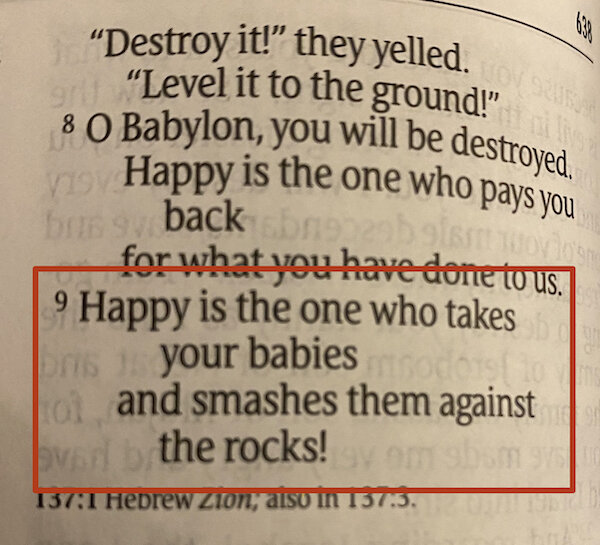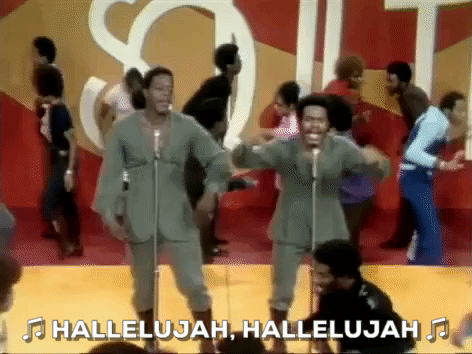The Magic of Expectations
/Years ago, before this site even existed, we tested a rather simple idea in one of our magic focus groups. We showed people a basic coin vanish using a Raven gimmick. There was nothing more to the trick other than the coin vanish which—due to the nature of the gimmick—is very clean and visual.
We then had them rate the trick on a scale of 1 to 10. I don’t know the exact language we used at that time because we didn’t record much for posterity other than the actual final results. But it’s likely we asked them to rate how impossible the trick seemed on a scale of 1 to 10, where a rating of 5 would be what they considered an “average” trick.
The trick had an average rating of 6.0. So they felt the trick was a little better than your typical magic trick.
We showed another group the same coin vanish and their average rating was a 8.8. So they felt the trick was really great.
The performances of the coin vanish were identical. So what caused the second group to rate it so much higher?
For the second group, we first taught them a bad french drop. That was the only difference. That was the difference that caused their appreciation for the vanishing coin using a Raven to be almost 50% higher than the other group.
Setting expectations in some manner and then exceeding them with an effect allows the audience to appreciate things in a way they can’t if you simply perform the effect on its own. The expectations inform them what to appreciate and what to remember. And the expectations provide contrast that make the effect seem stronger.
When they just saw the coin vanish on its own, there wasn’t much for them to acknowledge other than the fact that it was a trick and it fooled them. They didn’t know what to pay attention to, so it becomes kind of a binary thing. “I saw the coin vanish and it fooled me.”
But when preceded by the lesson in the French Drop, they now had expectations. How does a coin vanish? Well, it vanishes when you mime an action that makes people think it’s in one hand when really it’s in another. So, for the coin to vanish, the hands need to come together. And at the end one of the hands will have to hide the coin.
If that’s your expectation and your understanding and someone says, “Yeah, I’ll show you a slightly more advanced version of that.” And you see a vanish where the hands don’t touch. There is no “miming.” And the coin is truly gone. Then you will find the vanish much stronger.
But you only really knew to make note of those things because of the expectations that were established.
Those of you who are familiar with my work will see that I use this all the time. I’ve written up a number of presentations that involve seeing the same trick multiple times. Or telling people about a trick (in which the expectations are established) and then performing it in a more impressive manner. Once you start using this technique, you’ll try to find ways to use it a lot too, because it’s a very simple, yet powerful way to increase the strength of an effect.















